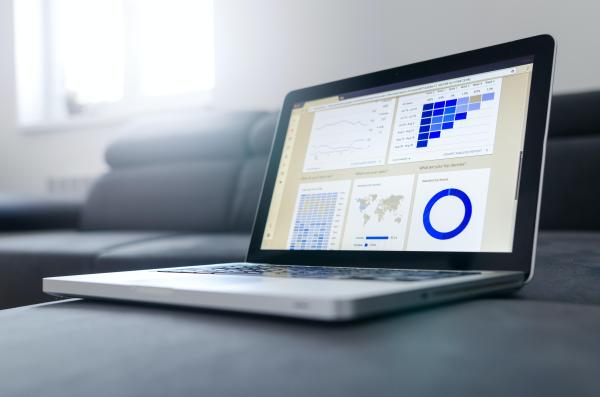Data Visualization for Everyone: How To Simplify the Process
Nowadays, data is being generated at an unprecedented pace. Data is collected everywhere, from various social media platforms to e-commerce websites. This explosion of data has made it almost impossible to make sense of it through traditional methods. This is where data visualization comes into the picture. Data visualization enables companies to interpret vast amounts of information and draw conclusions quickly. It allows users to analyze data in a more accessible and straightforward way. It involves creating visual elements, such as charts, graphs, and maps, like the histogram and bar chart, to provide an easy way to understand patterns, outliers, and trends in data. Keep reading as we delve into the various tools and platforms that make data visualization easier.
Understanding the Importance of Data Visualization With Histograms
Data visualization tools enable businesses to make data-driven decisions by presenting the necessary data visually. This can help identify areas that need improvement, understand what factors drive customer satisfaction, or identify patterns in sales and marketing campaigns. Furthermore, visual data analytics is a crucial component of artificial intelligence (AI) and machine learning initiatives and is vital for understanding complex big data environments.
One popular visualization tool is the histogram, which clearly represents the distribution of data within a given range or interval. By grouping data into bins and displaying the frequency of occurrence within each bin, histograms enable us to easily identify patterns, trends, and outliers in a dataset.
The primary importance of using a histogram lies in its ability to simplify and summarize data. Instead of examining individual data points, the histogram allows us to identify overarching trends and patterns. For example, it can help us understand the income level distribution, the population's age distribution, or the frequency of a particular phenomenon across different regions. Such insights can be invaluable for decision-making, providing a quick and visual data snapshot.
Best Practices in Data Visualization
When producing a visualization, the clarity of information should be your highest priority. It should be clear at a glance what information you're presenting and why it matters to your audience. Efforts should be made to minimize any confusion or misinterpretation of data.
Color is an important component of data visualization and should be used strategically. Too many colors can confuse the viewer, while too few can make the graphic boring. It's also advisable to use different colors to distinguish different data groups or vary the shading of one color to indicate variations within a group.
Data Visualization and the Future
As the volume of data that businesses generate increases exponentially, the need for data visualization tools and techniques is also expected to grow. Future technologies like augmented reality (AR) and virtual reality (VR) could take data visualization to another level, presenting new innovative ways to interact with data.
Moreover, predictive analytics, powered by AI and machine learning, is expected to change how we think about data visualization. These technologies can learn from your data and predict future trends, making proactive decision-making a reality. As these advancements take hold, data visualization will undoubtedly become even more integral in our everyday data interactions and, invariably, our decision-making processes.
The field of data visualization is still evolving and will continue to change as new technologies emerge. However, the basic principles remain: presenting data in a manner that makes it easy to understand and interpret. Therefore, irrespective of the future of technology, the ability to visualize data will always be paramount to draw meaningful insights and make informed decisions. Understanding data and incorporating it into your decision-making process can be made significantly easier using data visualization tools and techniques.
Data visualization tools and techniques are essential for understanding and incorporating data into your decision-making process. They provide a simplified and interactive way to analyze complex datasets, identify trends, and communicate findings effectively. By harnessing the power of data visualization, you can make informed decisions that drive business success.

